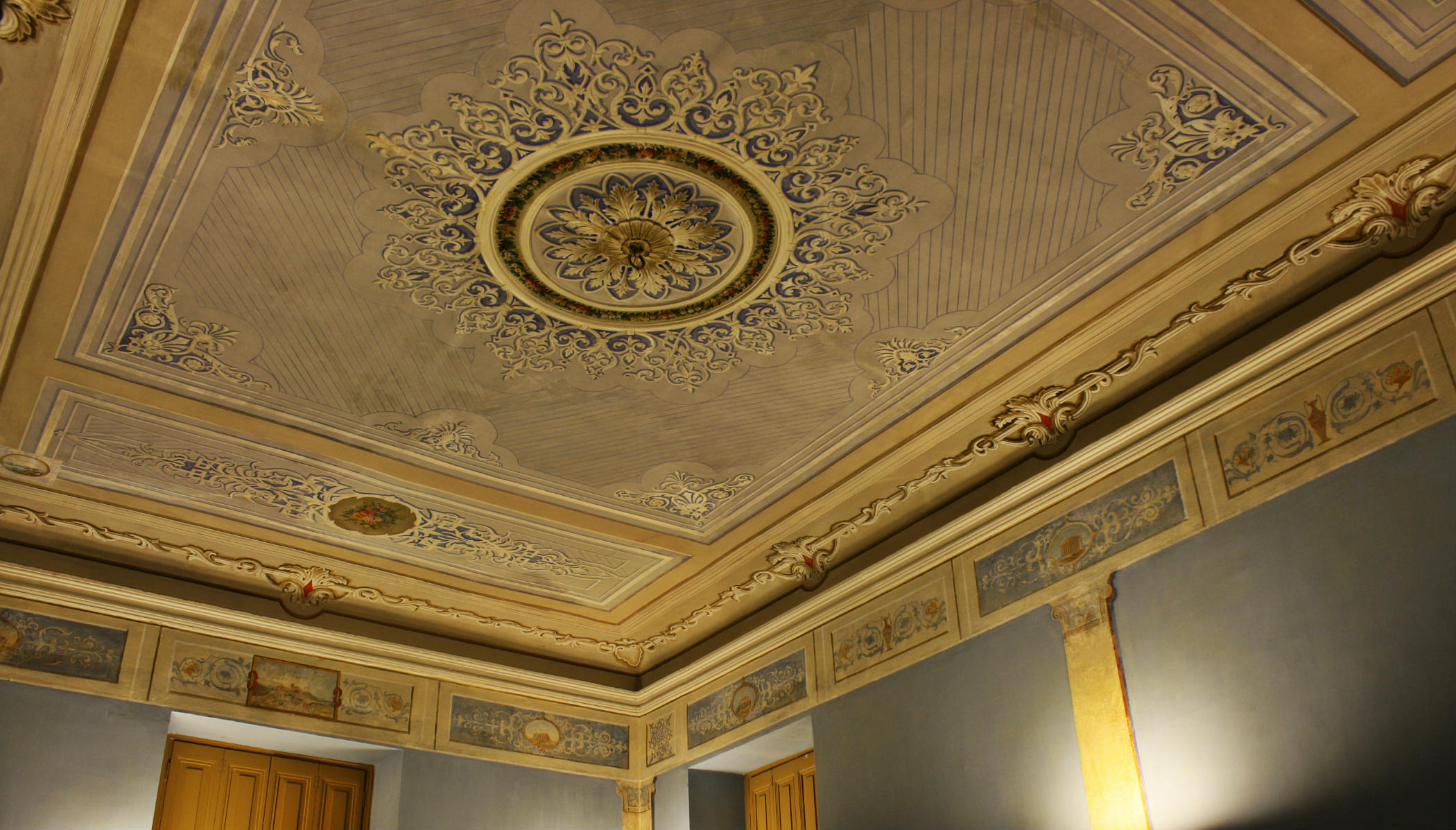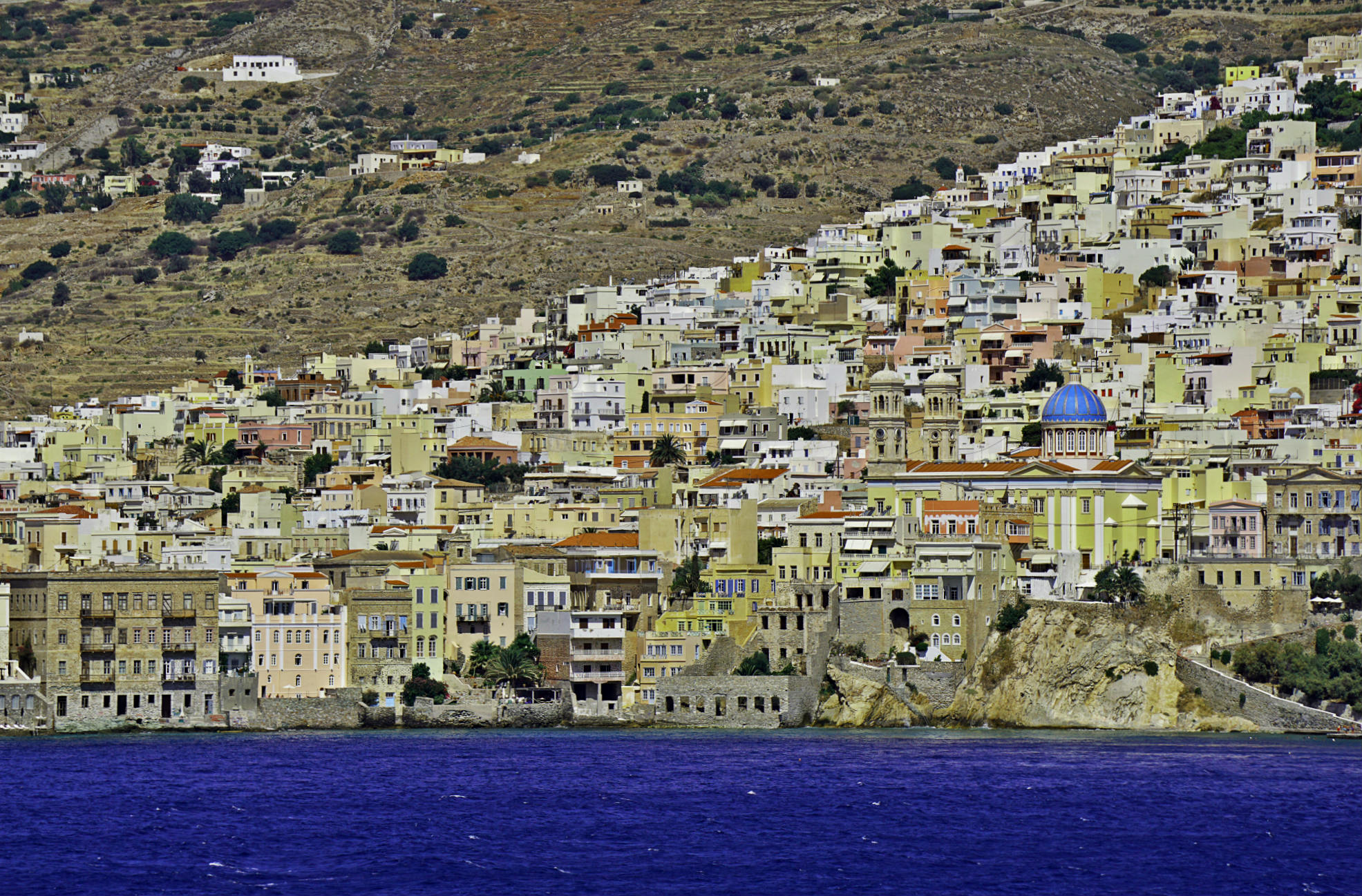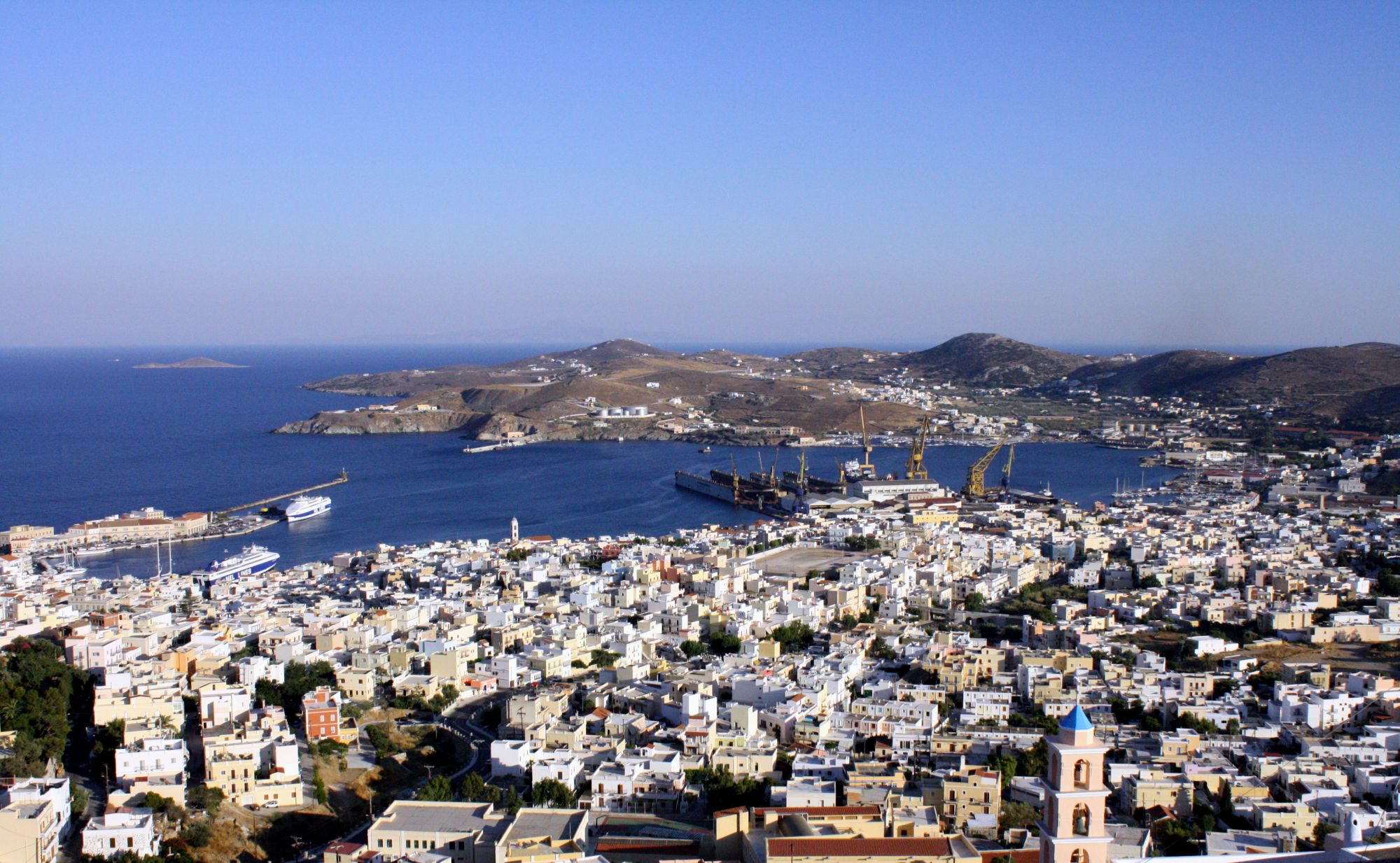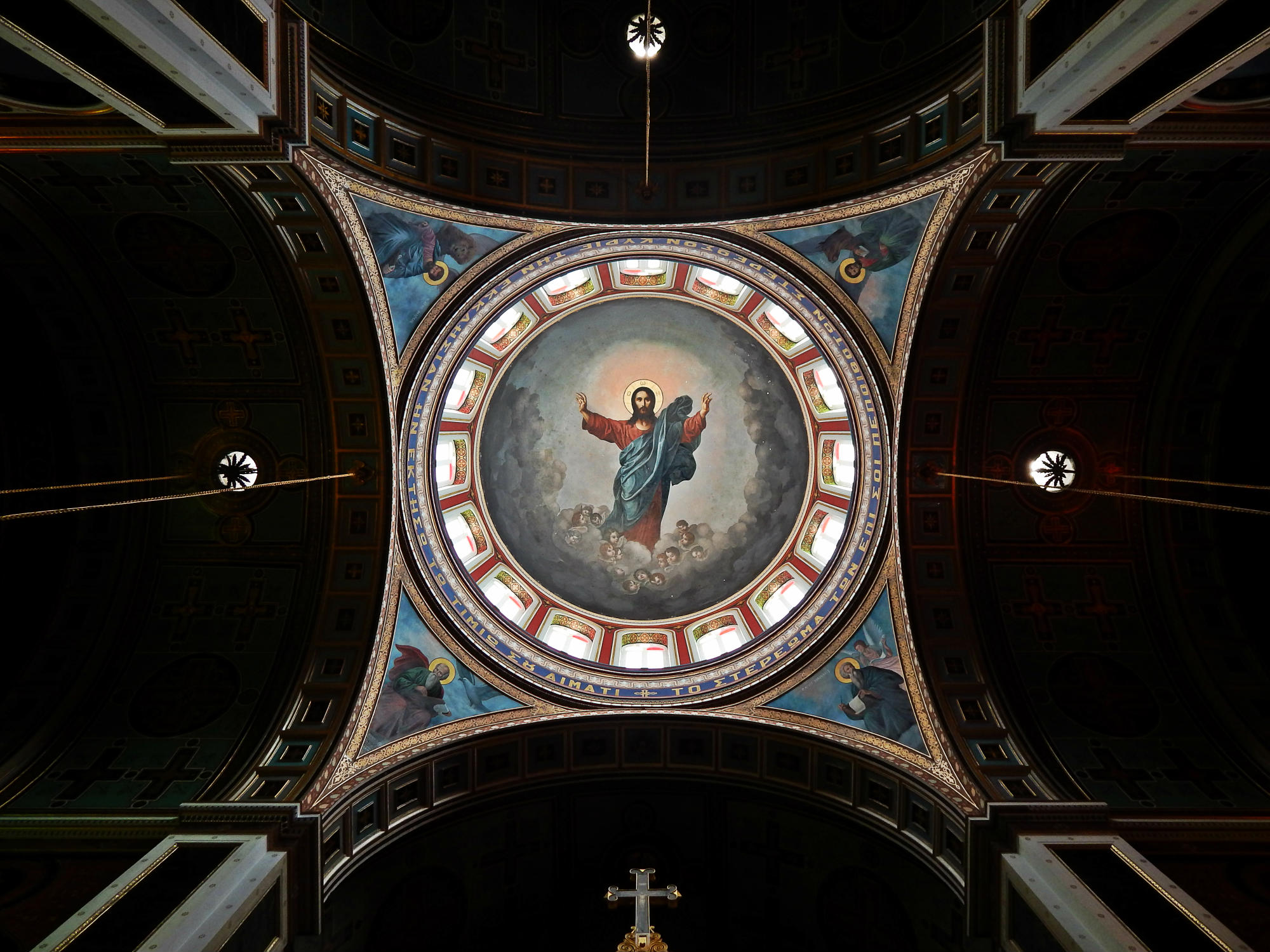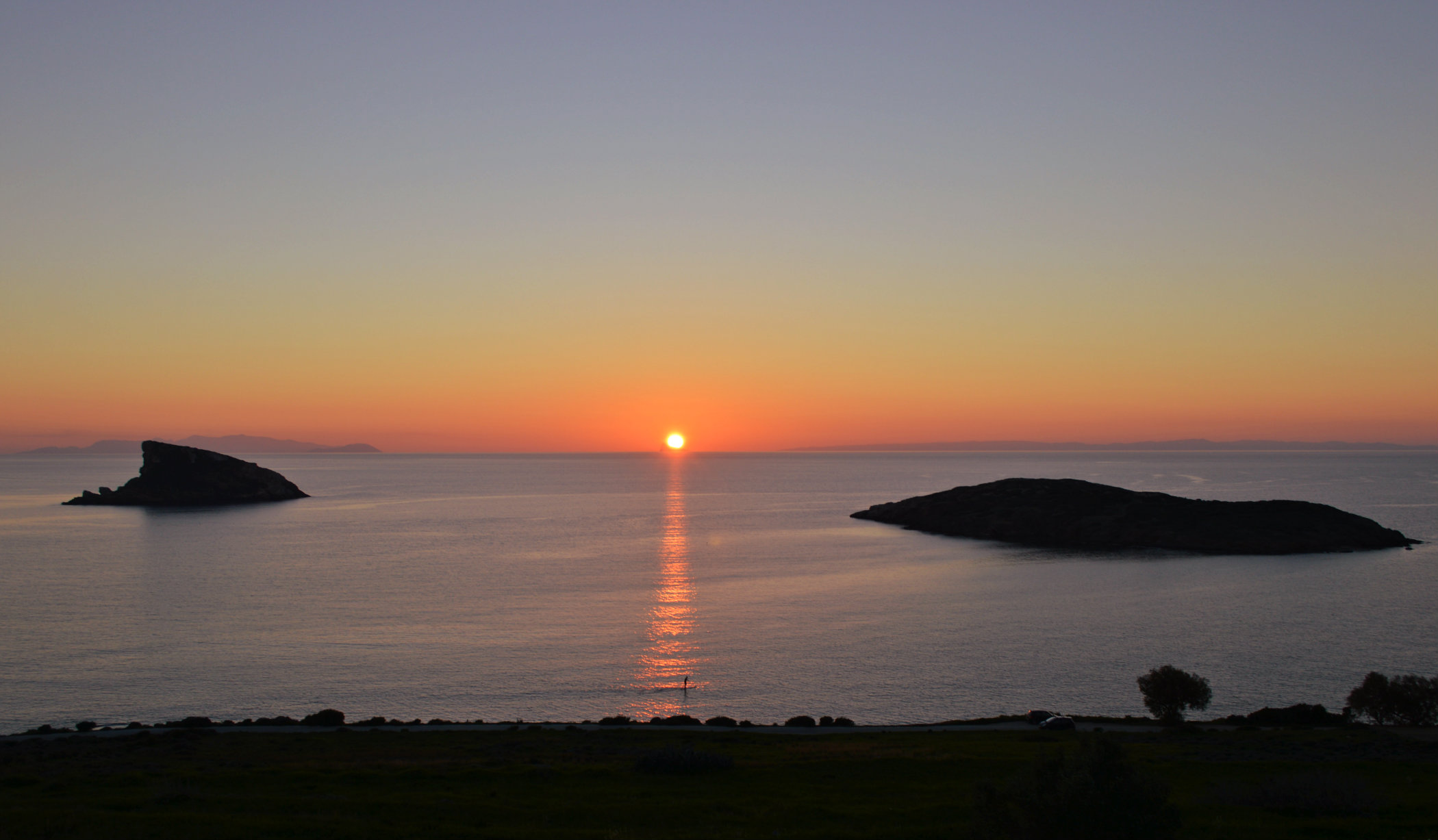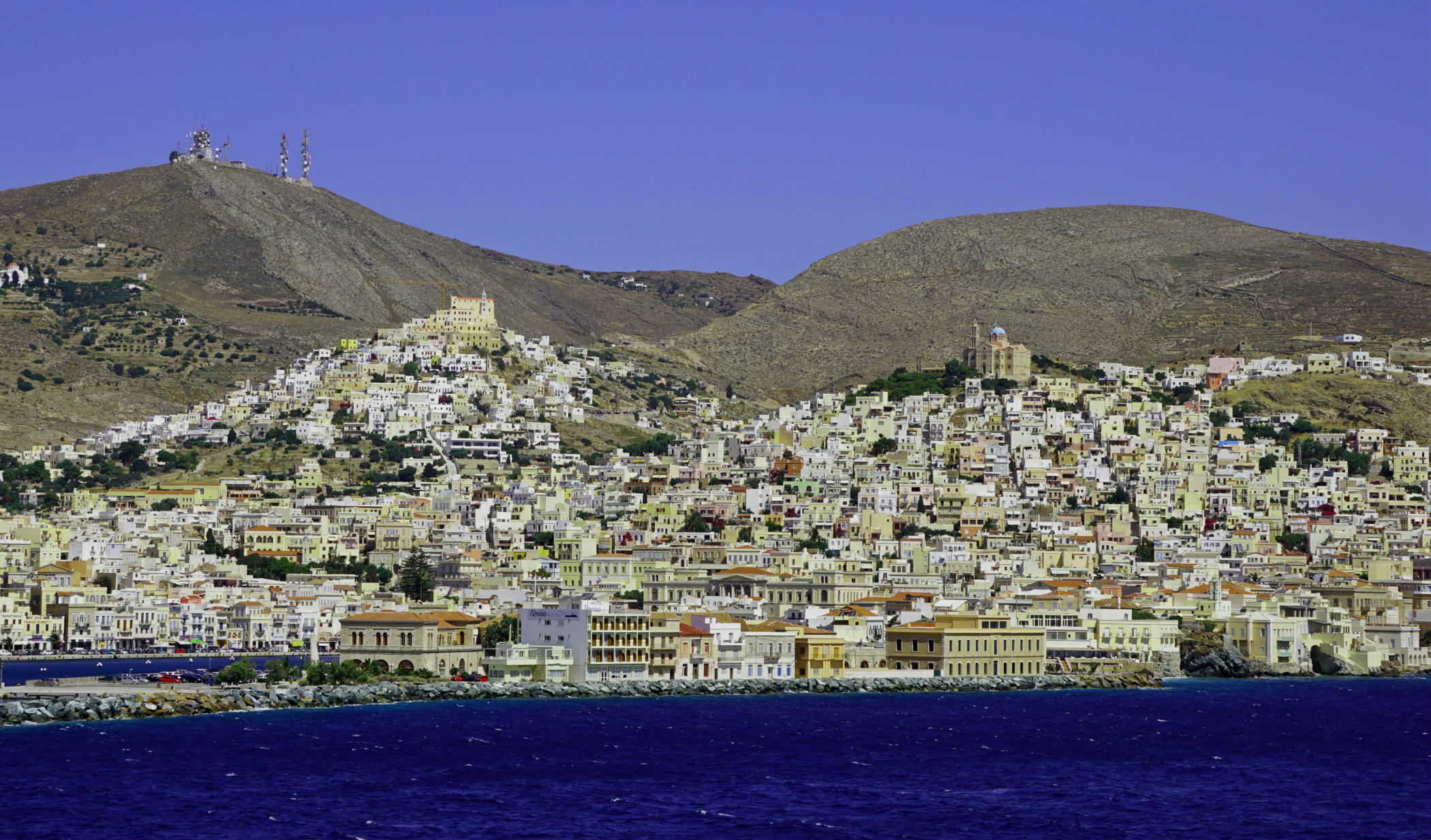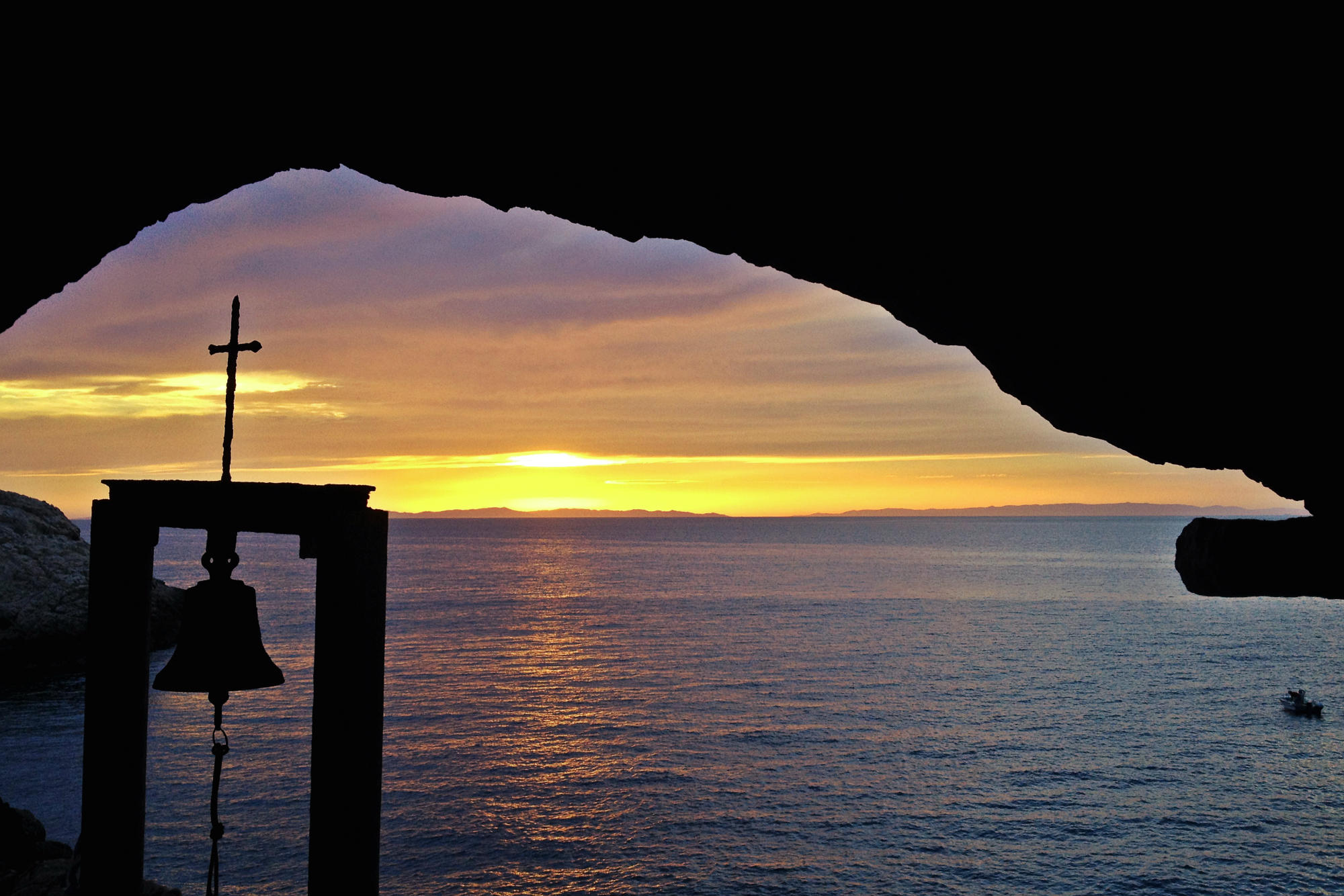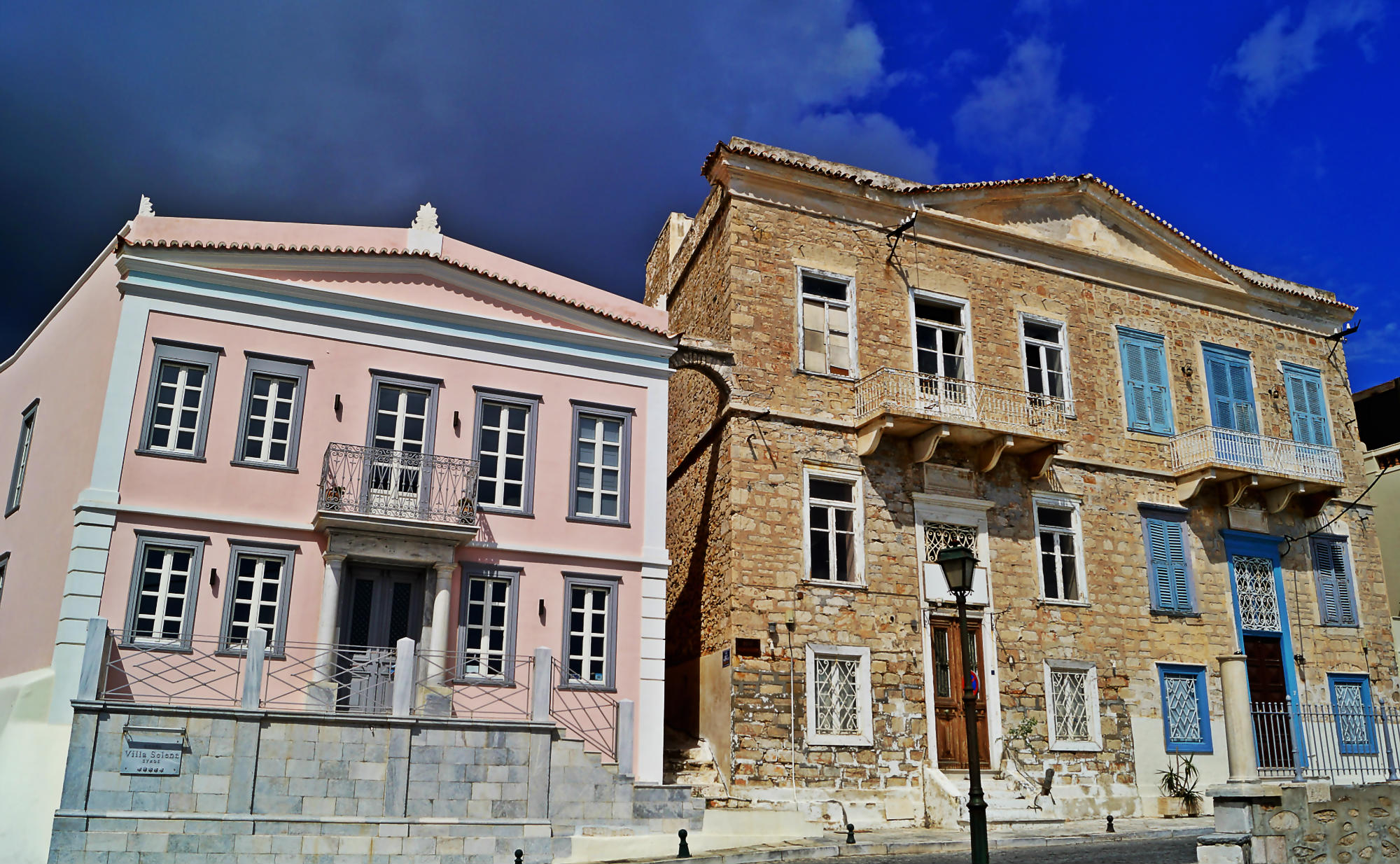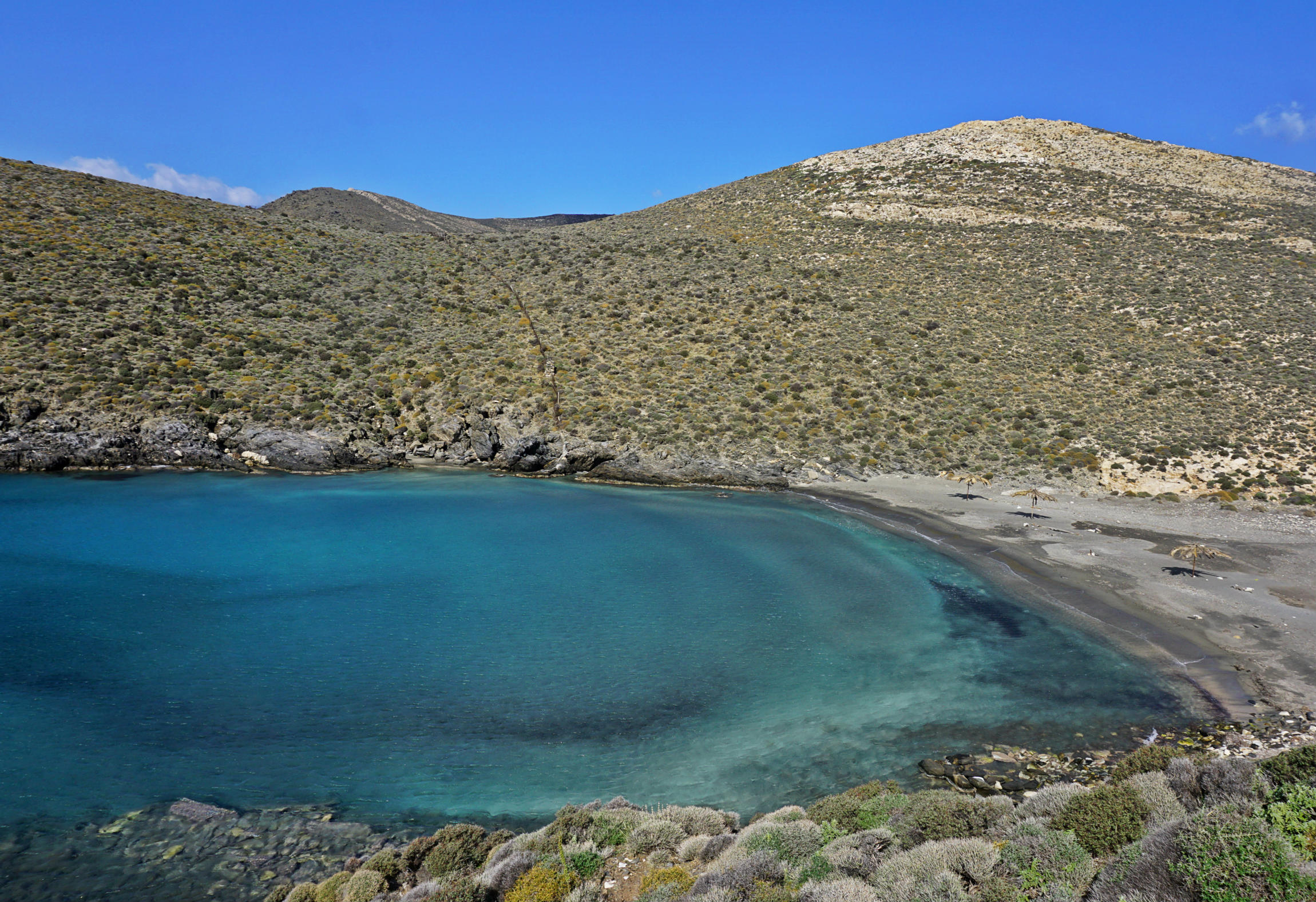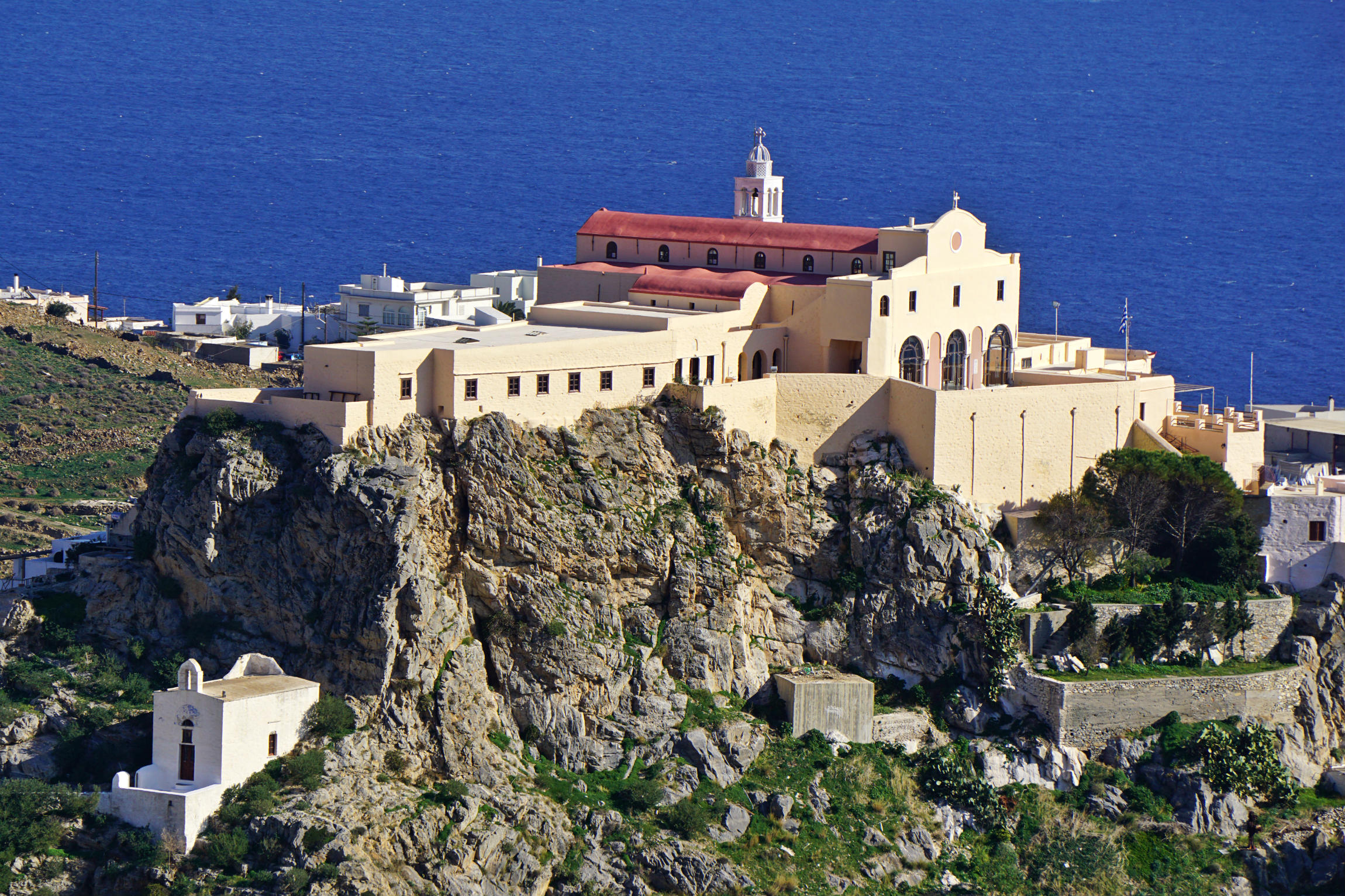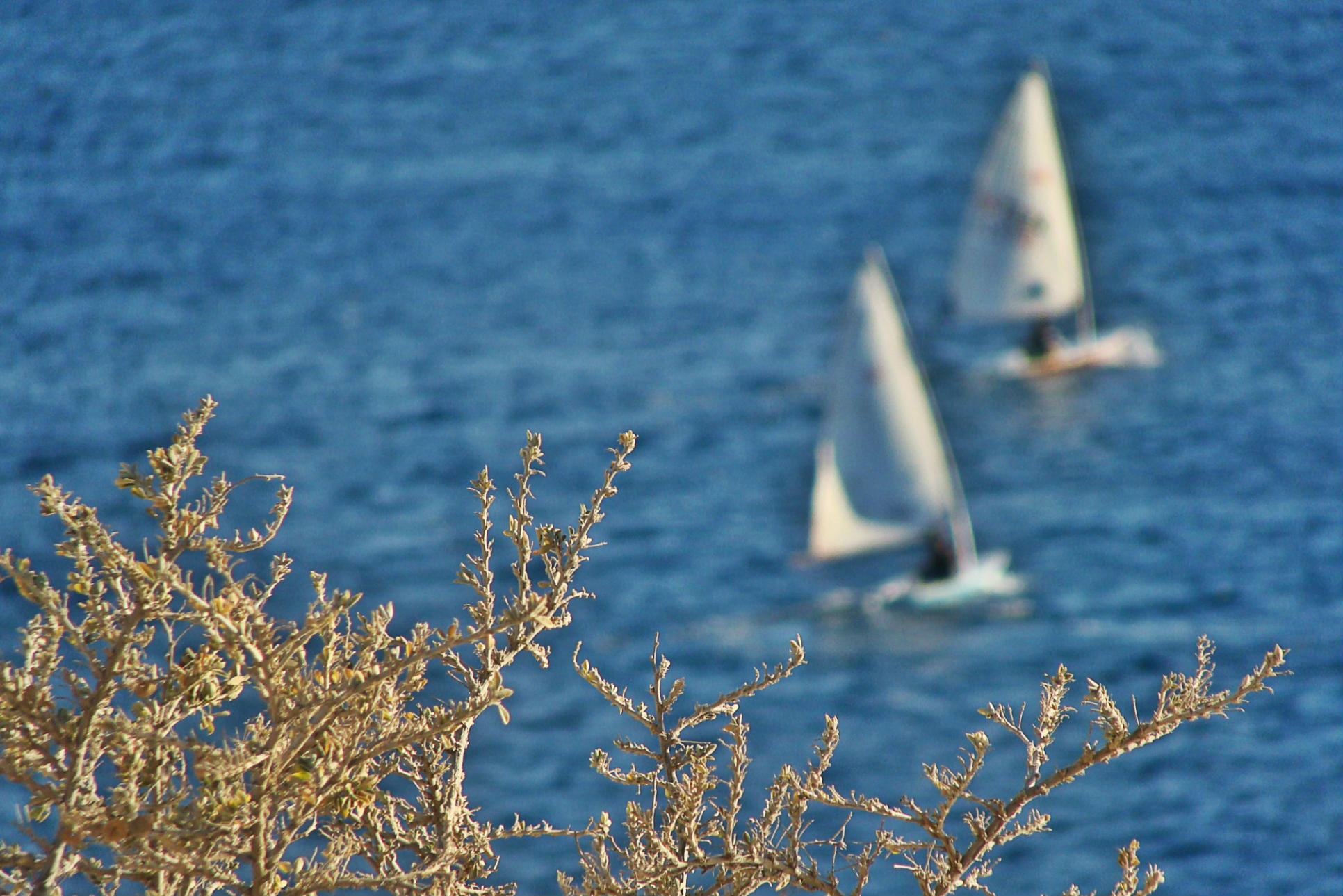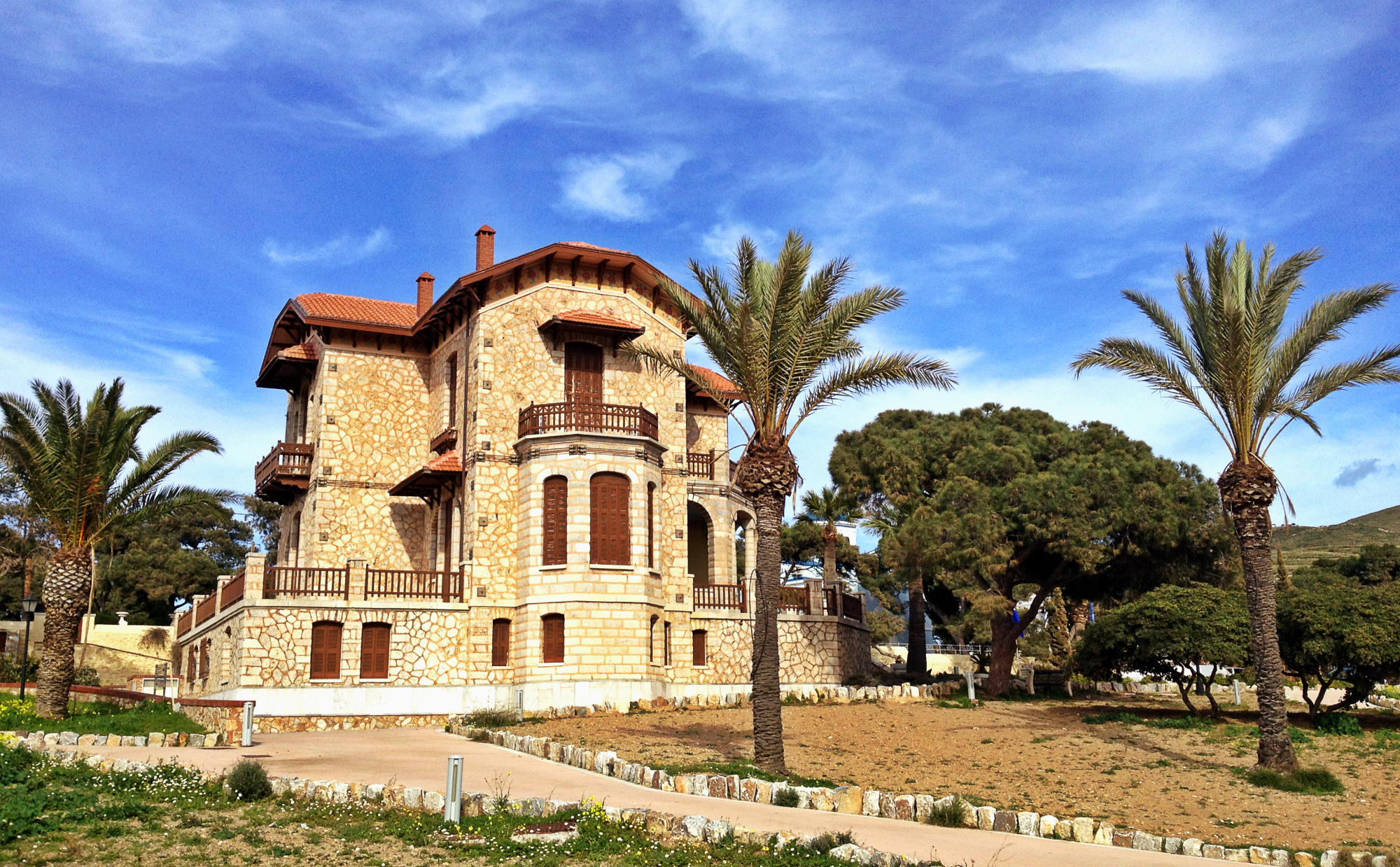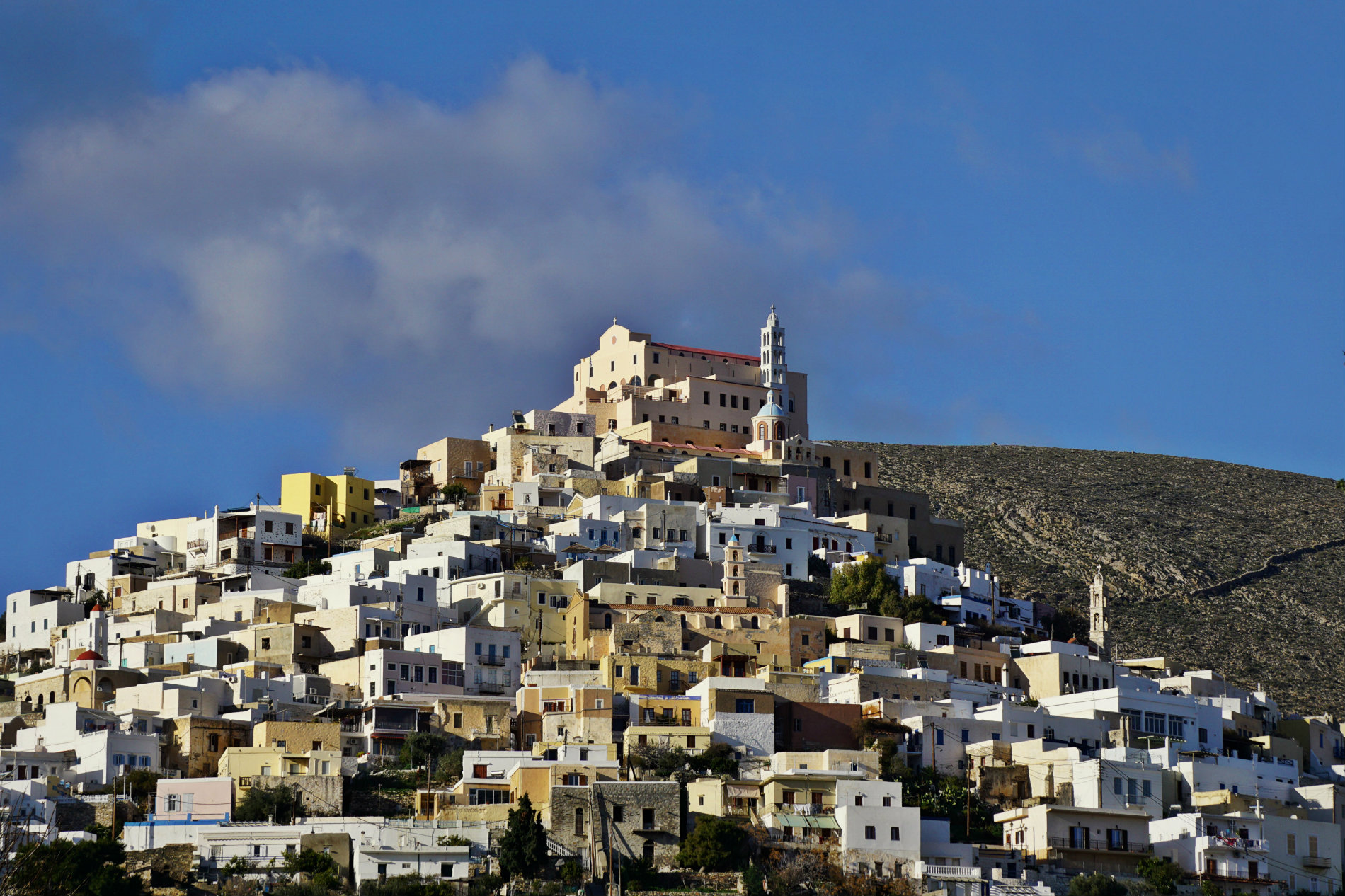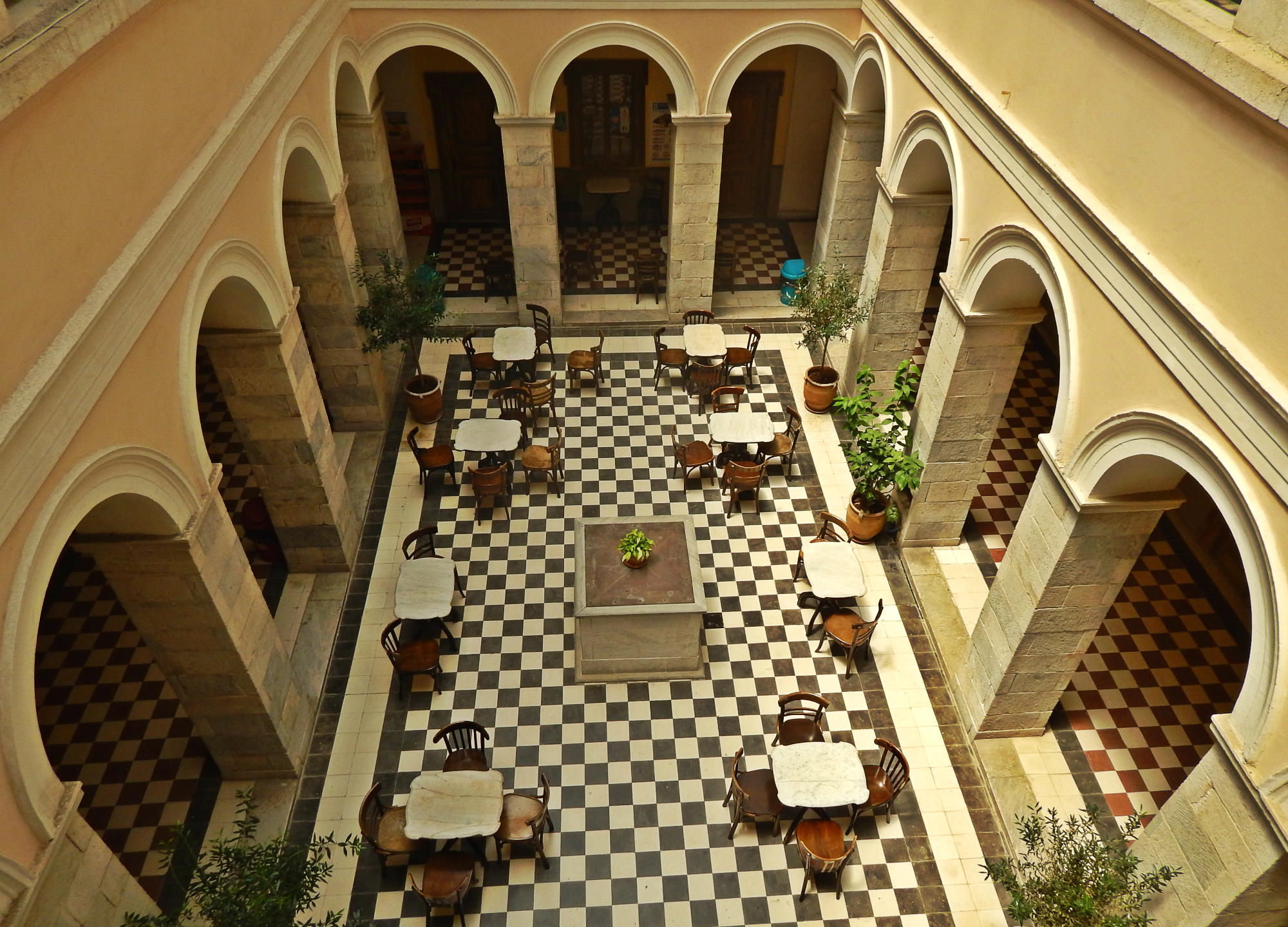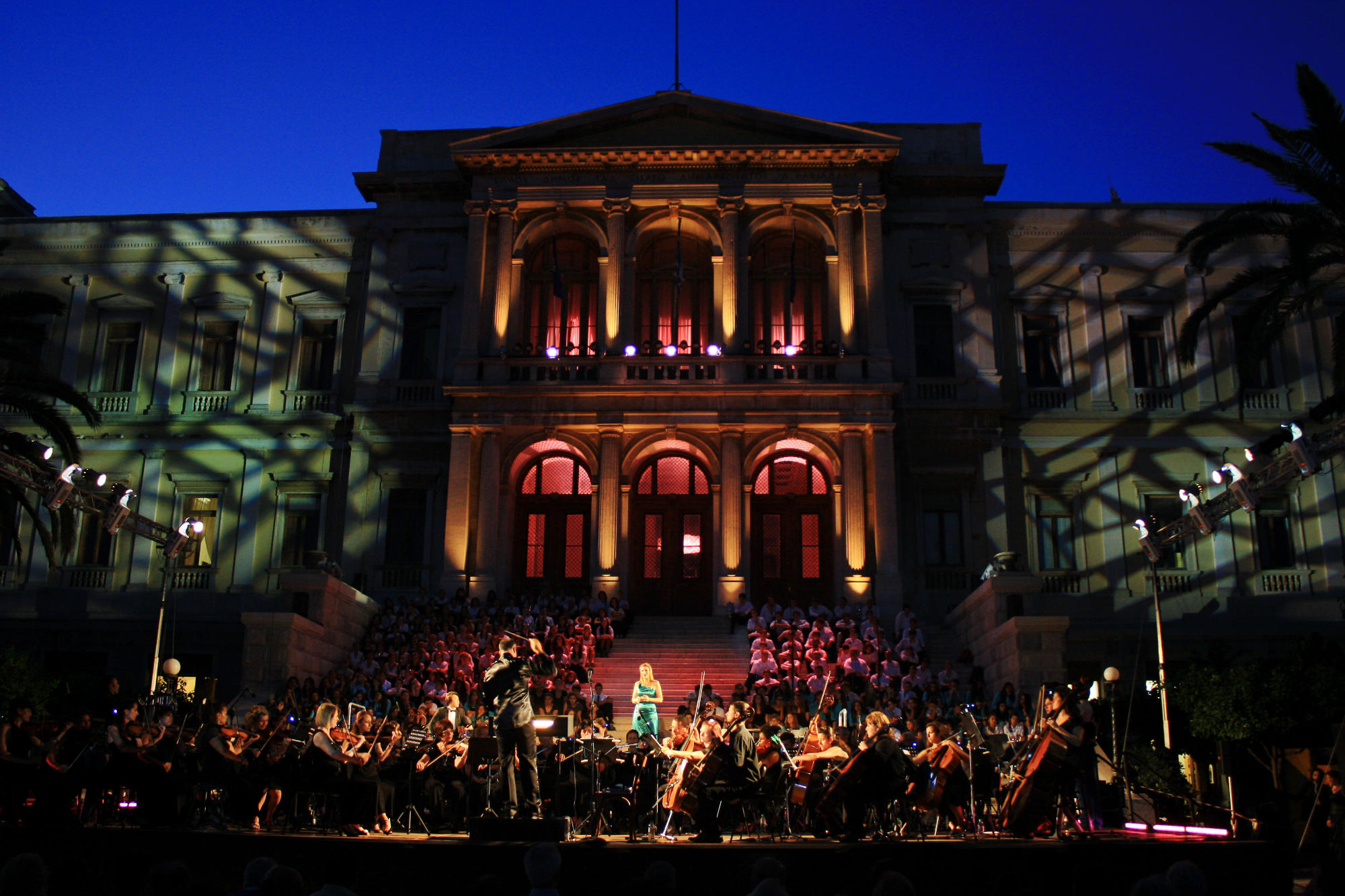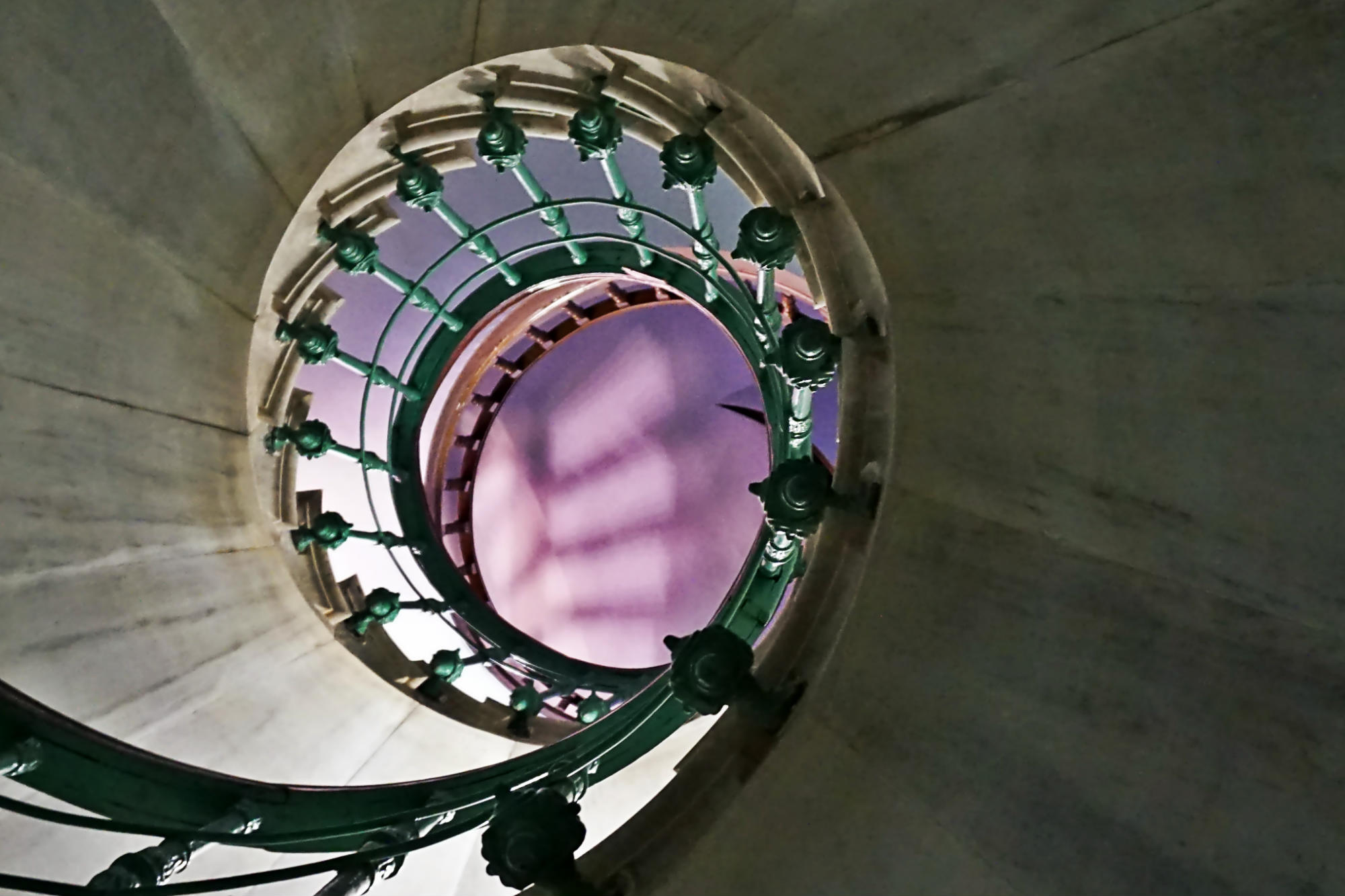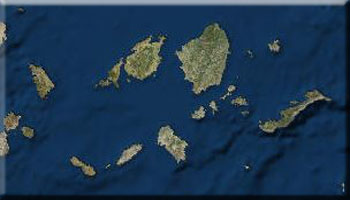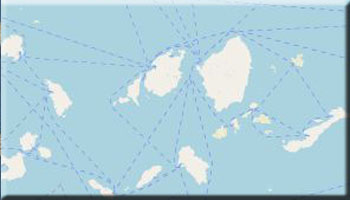Syros, with 20,000 inhabitants, has the largest population of all the Cyclades islands. It covers an area of 84 square kilometers.
The island’s capital is Ermoupolis, which is also the administrative seat of the Cyclades and home to a range of public services such as courts, fire department, chamber of commerce, customs, tax service, and regional subdivisions of the state agriculture, forestry, education, fishing, and commerce departments.
Ermoupolis covers an area of nearly 1,000 acres and has a population of 13,000; its area include the Manna district.
The vibrant town of Ano Syros has a total population of 1,700 that’s engaged primarily in trade, agriculture, stockbreeding, bee-keeping, tourism, and the merchant marine.
The main villages of the island are Galissas, Chroussa, Poseidonia, Vari and Foinikas. Poseidonia is marked by stately mansions built in the 19th century as the summer homes of the rich merchants who comprised Greece’s first urban class.
The name Syros has its roots in the words "sour" or "osoura" which mean "rocky" in ancient Phoenician. In Homer's Odyssey the island is mentioned as "Syrie".
Excavations at Halandriani, a site on the island's northeastern end, have been dated to 2800 B.C., or the second period of Early Cycladic culture. The site yielded a number of finds-mostly graves, idols, pots, and vessels-which are now in the collections of the National Archaeological Museum in Athens, the Goulandris Museum of Cycladic Art, and the Archaeological Museum of Syros.
The philosopher and astronomer Pherecydes was born on the island in the 6th century B.C. At the time, there were two cities on the island-one on the site of the present-day Pefkakia - Psariana quarter of Ermoupolis and one at Galissas on the island's southeast.
In the 5th and 4th centuries B.C. Syros was a member of the Athenian League. Following a series of revolts in the 3rd century B.C., as well as during the 2nd century B.C., the island flourished as it emerged as an important hub for trade routes. Targeted by pirates almost continuously, the island saw its population dwindle over the next centuries. I
n Byzantine times, Ano Syros sees some development. In 1207, it's occupied by the Venetians and Latin rule leads to the conversion of large segments of the population to Catholicism. Syros fell to the Turks in 1566, yet remained under the protection of the Pope and French king throughout Turkish rule. In 1617, the island is sacked by the Turkish fleet and from the 16th century through the 18th century, its population barely topped 2,500 Catholics and 150-200 Orthodox.
The year 1822 marks the start of Ermoupolis's growth as its population is swelled by refugees from Asia Minor, Chios, Psara, and Crete. Ermoupolis, "city of Hermes", is thus named in 1826 in honor of the god of commerce in whose activity the city's residents fervently engaged.
In a short time, Ermoupolis emerges as the main commercial port in the eastern Mediterranean, which spurs the city's further growth. In 1823, Greece's first hospital is established on the island and in 1833 Ermoupolis is made the capital of the Cyclades. In 1833 Neophytos Vamvas, a clergyman and refugee from Chios, also founds Greece's first high school from which the statesman Eleftherios Venizelos later graduated. The first modern shipyard in Greece is established at Neorio in 1861 and shipbuilding soon employs 2,000 people as the island delivers roughly 80 ships each year. (Earlier, in 1854, Greece's first steamship had been built on Syros.). The island's commercial activities spawns a service sector, including banking and insurance; industry, tanning, soap making, metalworking, milling, and textiles also provide employment. Syros's economy reaches a peak in the late 19th century when its population tops 30,000.
The second world war takes a heavy toll on Syros, which slips into a decline that continues after the war. In the 1980s, the island started to turn around its fortunes as it looked to tourism to help its economy rebound, while the economy also got a boost from the reopening of the shipyards.
Ermoupolis:
- Plateia Miaouli is marked by a bust of the revolutionary hero Andreas Miaoulis (1889) and a marble bandstand (1907) with depictions of Apollo and Muses in relief.
- Ermoupolis City Hall is one of the largest municipal seats in Greece. This architectural gem was designed by the Bavarian court architect Ernst Ziller. Groundbreaking for the building was held in 1876 and construction was completed in 1898.
- The Ermoupolis Archaeological Museum features a collection of Early Cycladic and Byzantine finds.
- The Ecclesiastical Museum of the Metropolis, witch is house within the church of Agios Nikolaos, while the bookstore of the Holy Metropolis, "Theognosia", is located close to the church, opposite to the Memorial for the Tomb-less Fighter in the smalla garden.
- The Ermoupolis Industry Museum, featuring a trully unique collection of more than 300 articles and exhibits.
- The Cyclades Historical Archive dates from 1821 and is an important resource for scholars and visitors.
- The Municipal Cultural Center (formerly the Hellas Club) is housed on the first floor of a building next to city hall that was designed by the Italian architect Pietro Sampo (1862-63). The Museum of Cycladic Art Replicas is housed here and its collection features Protocycladic finds from around the island. The center's Ballroom is decorated with ceiling and wall murals.
- The Municipal Library in the cultural center's basement counts 35,000 volumes of rare and old books in its collection. The library's forecourt is marked by busts of Emmanuil Roidis, Yoryos Souris, Eleftherios Venizelos, Petros Protopapadakis, Konstantinos Volanakis, Andreas Syngros and other distinguished Greeks.
- Metamorphosis Sotiros, the Orthodox cathedral, is an imposing triple-apsed domed basilica built in 1824, chronologically the first modern church built on the island.
- The Church of the Koimissis Theotokou (Orthodox) was built in 1828-29 and houses the famed icon of the Dormition of the Virgin painted by El Greco.
- The Merchant Marine Academy is an impressive rectangular building with marble façade at Nisaki. Greece's first telegraph station was set up in this building in 1858.
- The Customs and Transit Warehouses dominate the Old Harbor. Built in 1834, these facilities now house the customs office and the Cyclades Art Gallery which was established in 1994.
- The Evangelistria church (Catholic) is a triple-apsed basilica built in the early 19th century. It serves as the main parish for Ermoupolis's Catholic population.
- The Apollo Municipal Theatre was built in 1864 but designed earlier by the Italian architect Pietro Sampo and displays strong Italian and French influences.
- The Church of Ayios Nikolaos (Orthodox) rises on the edge of the Vaporia quarter and was finally completed in 1905, sixty-one years after ground was broken. This imposing structure ranks among the five largest churches of Greece. On the grounds there is a sculpture by Y. Vitalis of the Unburied Fighter (1888), the first monument dedicated to those who took part in the Greek independence revolt, and busts of the Rethymni brothers, two noted benefactors from the island of Kassos.
- The Vaporia quarter is considered one of the city's sights because of the striking architecture and grandeur of its 19th-century neoclassical mansions and former residences of the island's wealthy merchants.
- The Orthodox Cemetery of Ayios Yoryios in the Neapoli district is noted for its marble graves and monuments, including a number of chapels, sculptures, and busts. The Catholic and Commonwealth cemeteries nearby are also worth visiting.
- The Anastasi Sotiros church is a cruciform domed structure in the Byzantine style. Built in 1879 and completed in 1909, it dominates Dili Hill as it rises over the Ermoupolis harbor.
- The Boatyards or Τarzanas, adjacent to the Neorio shipyards.
- The Loimokathartirio, an abandoned complex at the southern end of the port in the Lazaretta district dates from 1834 and was used as a temporary quarantine for new arrivals. From the late 19th century through the early postwar years, it was used as a prison and asylum, while earlier, during the Cretan revolt in 1866 it had been used to house Cretan refugees.
Ano Syros:
- The Catholic church of Ayios Yoryios atop the hill is the cathedral for the island's Catholic faithful.
- The Historical Archive of the Catholic See once houses the Clerical School (1837). It's only open to visitors in the summer months and is noted for its impressive collection of 16th-century manuscripts.
- The Ano Syros Archive houses documents pertaining to the founding of the first municipality of the modern Greek state.
- The Capuchin Monastery (Catholic) includes the church of Ayios Ioannis, which dates from 1635.
- The Jesuit Monastery includes the church of the Panayia Karmilou, which was built in 1740. The monastery houses a library with thousands of volumes as well as scrolls and rare manuscripts.
- The Koimitirio Angelon (Angels' Resting Place) is the former cemetery where unbaptized children were buried and is located in the northern section of the town.
- The bust of Pherecydes in Ano Syros and the cave where he wintered at Kyperoussa in Ano Meria.
- The churches of Ayia Triada and Ayios Nikolaos in Ftohou are unique.
- In Markou Vamvakari square, the composer's home houses the Markos Vamvakaris Museum, a small museum dedicated to his life and work.
- The old French Hospital at the foot of Ano Syros.
Other Syros Sights:
- At Ai Yoryis cove in the sheltered Ahladi bay, figures carved by old mariners.
- Ayia Thekla church at Megas Yialos.
- The neoclassical mansions at Dellagrazia (Poseidonia), Parakopi, Chroussa, and Episkopeio feature adorned facades and landscaped gardens. The Yiannikoglou Villa, Valmas Villa, Talaki Residence, Yoryiadis Tower, Vafeiadakis Residence, Velissaropoulos Residence, and Krinos, Petritsis, and Rethymni mansions stand out.
- At Poseidonia, the City Hall (Yoryiadis Tower).
- Τhe Catholic church of Ayios Petros.
- Τhe 19th-century Orthodox church of Ayios Ioannis marked by busts of Y. Veltsos and T. Petrokokkinos.
- At Galissas, the Catholic chapels of Ayia Pakou and Ayios Stefanos, which is reached by boat or overland hike.
- At Kini, the Aquarium.
- Τhe Orthodox convent of Ayia Varvara with its weaving workshops.
- At Episkopeio, the Orthodox church of Profitis Ilias where the writer Ilias Venezis was wed.
- Agathopes: organized, cosmopolitan shaded beach, with water sports facilities.
- Azolimnos: organized, shaded sand beach on the eastern coast with tavernas and bars.
- Ampela: sand and pebble beach on southern coast.
- Armeos or Ayia Pakou: secluded off the left cove at Galissas beneath Ayia Pakou hill, is preferred by naturists.
- Ahladi: organized, shaded beach on southern coast.
- Galissas: largest beach with most extensive facilities, shaded, offers water sports.
- Delfini: idyllic beach on western coast, sand and pebble, with tavernas and bars.
- Ermoupolis: there are pebble beaches at Ayios Nikolaos off the Vaporia quarter and at Taliro, Vangelidi, and Kymata.
- Kini: picturesque sand beach noted for its sunsets, with tavernas and bars.
- Kokkina: small sheltered sand and pebble beach on southwestern coast near Foinikas.
- Komito: small sheltered and shaded sand and pebble beach.
- Lotos: small sheltered bay with shaded sand beach next to the Lotos village, about 1 km south of Kini.
- Megas Yialos: large, organized sand and pebble beach comprised of small shaded coves.
- Megali Aggali: remote beach on Gaidouri (or Fanari) islet, site of ancient Didymi; the islet lies off Ermoupolis and is accessible by boat.
- Dellagrazia: small, cosmopolitan organized sand and pebble beach.
- Santorinioi: small remote sand and pebble beach on the island's southern coast.
- Fabrika: small, peaceful beach of sand and pebble on the island's southern coast.
- Foinikas: well-organized sand and pebble beach on the southwestern coast with tavernas, bars, and marina.
- Fokiotrypes: remote rocky beach accessible by footpath (15 mins) from Azolimnos.
- Northwest Syros: Beaches are only accessible by boat or guided hike from Apano Meria to Varvaroussa, Aetos, Leia, Grammata, Megas Lakos, Marmari, and Avlaki.
Local Catholic & Orthodox Feasts |
| June: |
24 Reenactment of the custom of Kleidonas and burning of the May wreath - Former Elementary School of Faneromeni at Chroussa. |
| 30 Iera Kardia Christou at Galissas (Catholic). |
| July: |
| 12 Ayios Benedictos at Sa Mihali, Apano Meria (Catholic). |
| 18 Ayia Marina at Kini (Catholic). |
| 18 Panayia Orous Karmilou at Galissas (Catholic). |
| 20 Profitis Ilias at Piskopeio (Orthodox). |
| 26 Ayia Anna at Alithini (Orthodox). |
| 26 Ayia Paraskevi at Alithini (Orthodox). |
| 27 Ayiou Pandeleimona at Papouri, Apano Meria (Catholic). |
| August: |
| 2 Panayia Angelon at Skordia (Catholic). |
| 2 Panyia Hariton at Agrelas, Kini (Catholic). |
| 7 Metamorphosis Sotira at Agros (Catholic). |
| 7 Ayiou Kyriakou (Tsirikou) at Danakos (Catholic). |
| 9 Ayios Yoryios at Kampos, Apano Meria (Catholic). |
| 10 Ayios Ioannis and Ayios Lavrentios at Syrigga, Apano Meria (Catholic). |
9-10 August Moons is two days of rebetika music performed by local musicians at tavernas and on the streets of Ano Syros. |
| 11 Anamnisi tou Thavmatos Ayiou Spyridona at Chroussa (Orthodox). |
| 14 Reenactment of the custom of the Fotarides is an evening of live island folk music on Kini beach. |
| 15 Metastasi tis Theotokou at Galissas, Kini, Pagos, Piskopeio, Halandriani (Catholic). |
| 17 Ayios Mamas at Galissas (Orthodox). |
| 20 Kardiani at Mytakas, Apano Meria (Catholic). |
| 23 Ayiou Ioanni Evangelisti at Plati Vouni, Apano Meria (Catholic). |
| 29 Ayiou Ioanni Vaptisti at Alithini (Orthodox). |
| September: |
| 6 Ayios Ioannis Fysontas at Amygdalo, Apano Meria (Catholic). |
| 6 Genesis Theotokou (Panayia Kerion) at Parakopi (Catholic). |
| 8 Genesis Theotokou at Chroussa, Pagos (Catholic). |
| 8 Genesis Theotokou (Panayia Lotiani) at Liotos (Catholic). |
| 8 Kiouras at Skali, Ano Syros (Catholic). |
| 11 Genesis Theotokou (Panayia Vouliani) at Voulias, Kini (Catholic). |
| 14 Timiou Stavrou at Parakopi, Alithini, Talanta (Catholic). |
| 24 Panayia Faneromenis at Chroussa (Catholic). |
| October: |
| 1 Ayion Kosma & Damianou (Ayii Anaryiri) at Pano Meria (Catholic). |
| 2 Ayia Thiresia at Kyperoussa, Apano Meria (Catholic). |
| 4 Sa Mihali at Apano Meria (Catholic). |
| 8 Ayia Thiresia at Danakos (Catholic). |
Cultural Activities organized by the Municipality of Ermoupolis |
Ermoupoleia: Program of cultural activities (July-September) organized by Ermoupolis, including concerts, theater performance, and visual arts exhibits. |
| Vikeleia: Sports competition in memory of Dimitrios Vikelas, president of the first modern Olympics. |
Cultural Activities organized by the Municipality of Ano Syros |
Karnavali: Carnival festivities organized in Ano Syros feature the recreation of olds traditions, costume balls, and music. |
| Koulouma: Flying the kat, with traditional dances, local tastes and orchestras. |
| PREFECTURE OF CYCLADES | 2281361515 |
| MUNICIPALITY OF HERMOUPOLIS | 2281361000 |
| CITIZENS SERVICE BUREAU (KEP) SYROS-HERMOUPOLI | 2281361300 |
| CITIZENS SERVICE BUREAU (KEP) VARI | 2281362010 |
| CITIZENS SERVICE BUREAU (KEP) TALANTA | 2281362000 |
| GENERAL HOSPITAL | 2281360500 |
| HARBOR POLICE | 2281088888 |
| FIRE STATION | 199 |
| POLICE STATION | 100 |
| AIRPORT | 2281087025 |
| TAXI STATION | 2281086222 |
| BUS STATION | 2281082575 |
| NATIONAL TOURISM ORGANISATION | 2281081206 |









